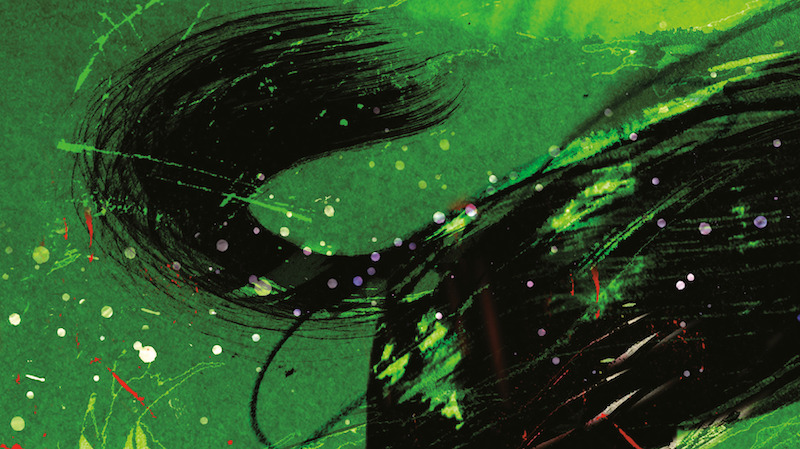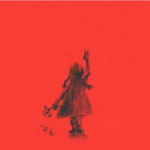Literary Magazines Are Born to Die
Five Defunct Journals We Should Not Forget
Literary magazines are born to die. Radical passion often meets practical reality. Sometimes the fire behind great literary magazines is the exact thing that causes them to burn out. Other magazines lose institutional funding, fold because of scandal, or vanish along with their masthead. Whatever the reason, the literary world is full of defunct magazines you shouldn’t forget about. Here are five that are worth remembering.
*
Northwest Review
Year closed: 2011
Notable contributors: Charles Wright, Astrid Cabral, Malcolm Lowry, Barry Lopez
Why it matters: Poetry Northwest is one of the few still-publishing journals from the region to last longer than the Northwest Review, which had been based at the University of Oregon. An early issue of the magazine included “The First Sunday in September,” the first short story published by Ken Kesey (Fall 1957). Edward van Aelstyn edited the magazine during the early 1960s, making it more political; the Fall 1963 issue included an interview with Fidel Castro. In 1964, the university suspended publication, thinking van Aelstyn’s editorial policies too “Communist.” He resigned, and the magazine returned with new editors.
*
MSS
Year closed: 1964
Notable contributors: William H. Gass, Joyce Carol Oates, John Hawkes, W.S. Merwin
Why it matters: John Gardner’s pet project. The title refers to the abbreviation of manuscripts, but also “Mt. Shasta Selections” (Gardner began the magazine while in Chico, California). An early co-editor, Lennis Dunlap, said Gardner “liked to work all night” with stacks of peanut butter sandwiches, chocolate bars, and a “thirty-cup pot of coffee.” In soliciting work, Gardner pitched the magazine as one that “specializes in forms sometimes hard to place—the verse play, the long poem or story, and the short novel.” The magazine only lasted three issues: when Gardner published “The Pedersen Kid” by his part-friend, part-foe Gass, the United States Postal Service threatened a 30-count obscenity lawsuit because of the story. He couldn’t afford it. Gardner and his ex-wife, the poet L.M. Rosenberg, resurrected the magazine in 1981—but he died the next year in a motorcycle accident.
*
The Partisan Review
Year closed: 2003
Notable contributors: James Baldwin, Pablo Picasso, T.S. Eliot, Mary McCarthy, George Orwell, Adrienne Rich, Gore Vidal, John Ashbery, Samuel Beckett
Why it matters: In a 1963 consideration of the magazine, Irving Howe lamented that while the Partisan Review was able to unite the “literary avant garde and the independent Left,” a union “which led people to hope that in their own lives they also could bring together critical consciousness and political conscience,” it was a temporary marriage. “American radicalism exists today only as an idea,” Howe wrote—an assessment which would make the magazine’s next 40 years feel dated. A debatable conclusion, and one that misses a truth bared in one of Howe’s own contributions to the publication. For example, the Spring 1981 issue contains: Howe, Barbara Rose, and Mark Shechner on the state of criticism; poetry from Ann Lauterbach and Rae Armantrout; and new fiction by Italo Calvino. The magazine was equal parts eclectic and electric; a treasure. Luckily, Boston University allows you to read the magazine’s entire publication run online.
*
Black Clock
Year closed: 2016
Notable contributors: Aimee Bender, Brian Evenson, Don DeLillo, T.C. Boyle, Maggie Nelson, Lydia Davis, William T. Vollmann, David Foster Wallace
Why it matters: Founded in 2004 and based at CalArts, Black Clock (like Double Take before it) was loved by writers. Jeff VanderMeer wrote an appreciation of the magazine here at Literary Hub, praising the publication’s thematically-arranged issues, innovative artwork, and willingness to publish writers of fantasy and science fiction. CalArts closed the magazine, a move that appeared to surprise the editors—but one that had been rumored since 2013. That was a few years after what felt like a literary magazine purge: TriQuarterly and Shenandoah went online. New England Review and Southern Review survived bureaucratic assassination. But some magazines didn’t make it. Black Clock made beautiful books: find them if you can.
*
The Dial
Year closed: 1929
Notable contributors: W.B. Yeats, T.S. Eliot, Marianne Moore, Georgia O’Keefe, Thomas Mann, George Santayana, Ezra Pound
Why it matters: As critic Eric Jon Bulson says, “No little magazines, no modernism.” Revived and resurrected several times since its founding in 1840, the magazine’s 1920-1929 version boasted a dizzying roster of contributors. Within two years, The Dial would publish Yeats’s “The Second Coming” and Eliot’s “The Waste Land”—the latter sharing an issue with two drawings by Picasso, a short story by Sherwood Anderson, and prose by Ezra Pound. Two years later would come Thomas Mann’s serialized “Death in Venice.” The Dial is responsible for one of the best editorial statements ever, from Scofield Thayer and James Sibley: “If a magazine isn’t to be simply a waste of good white paper it ought to print, with some regularity, either such work as would otherwise have to wait years for publication, or such as would not be acceptable elsewhere . . . So we thank our critics for the rebuke that ‘you are printing things no other magazine would print’ as well as for the words of praise that ‘you are bringing into the light work any publication would be proud of.’ The Dial hopes always to deserve both comments.” Even better was the 1921 announcement of their literary prize: “Money is always the least significant of gifts: like a bad work of art it requires a descriptive tag. What we really want to give is leisure, leisure through which at least one artist may serve God (or go to the Devil) according to his own lights.”




















